Philodendron Xanadu
Add some latino flare to your home with the Philodendron Xanadu. Native to Brazil this Araceae practically bounces with tropical delight. With it’s sleek long stems and heavy flared leaves it’s not hard to imagine this specimen samba-ing through your living room.
The Philodendron Xanadu belongs to one of three subgenera within the Philodendron genus named Meconostigma. As part of the Araceae family you might already know its brother; Monstera Deliciosa. Other than the Monstera, the Xanadu is not a vine, but grows upright to form wide dense clumps of green foliage. They are very easy to care for and grow prettier with age.
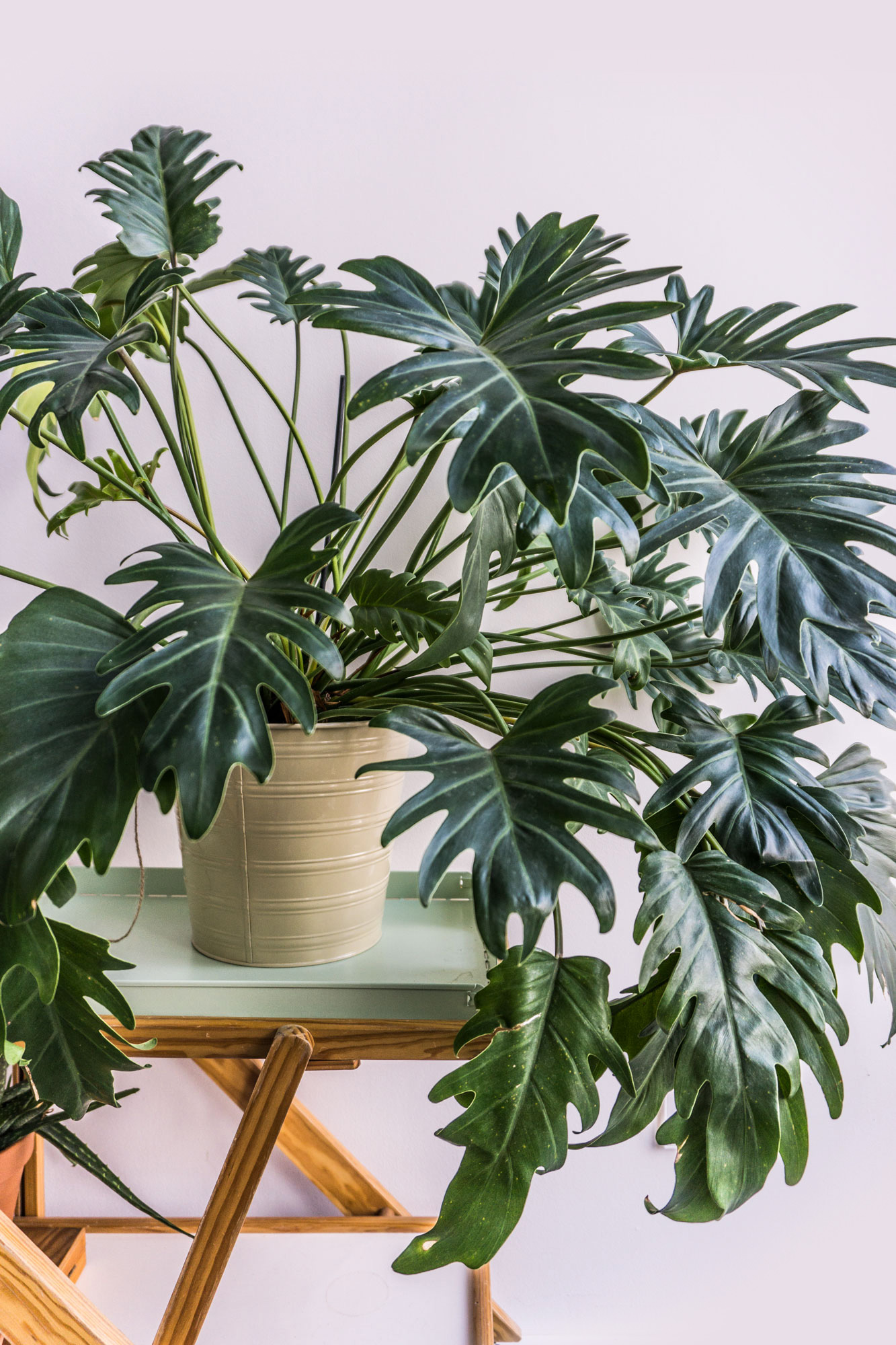

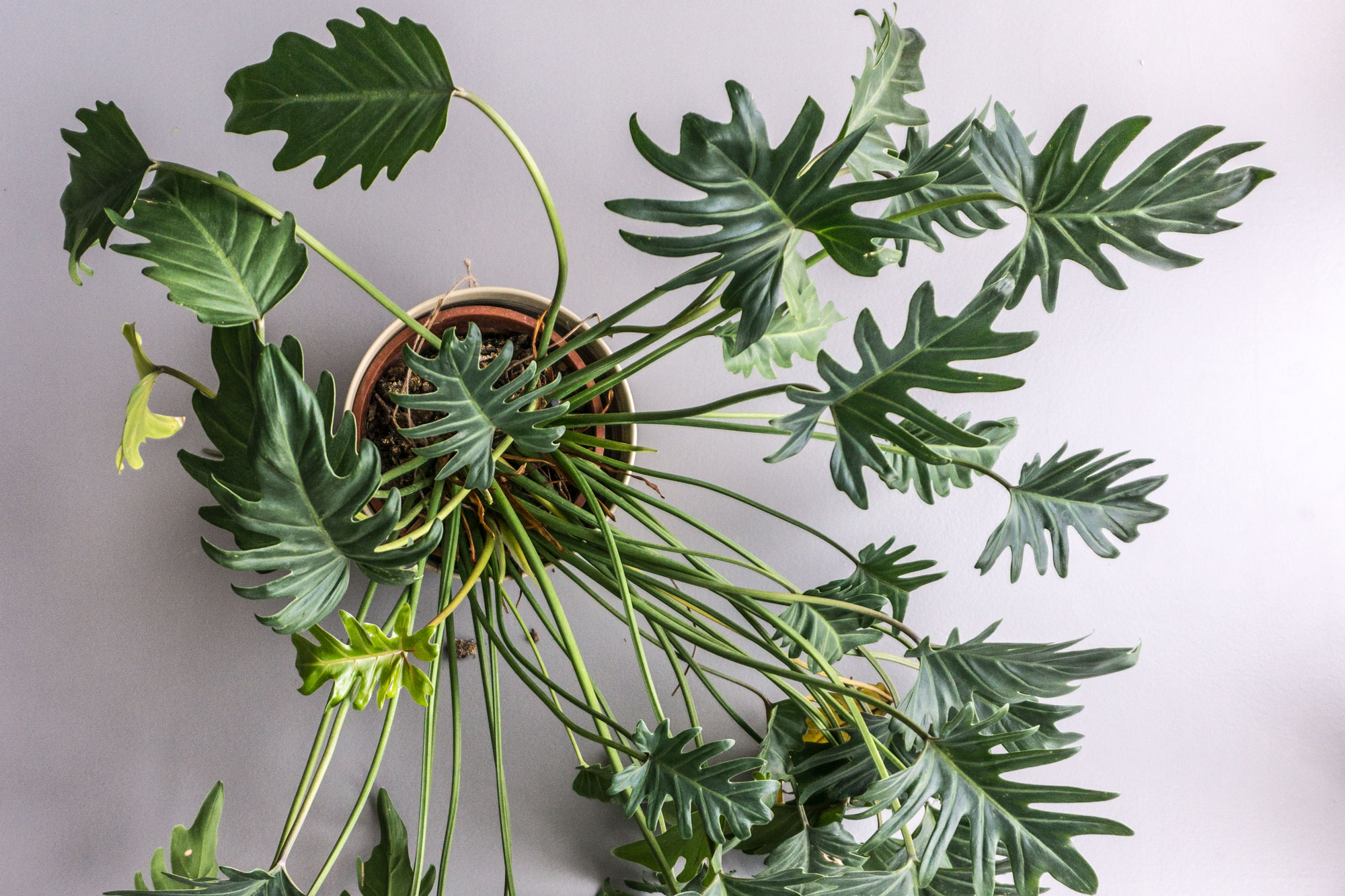
The Philodendron Xanadu are said to tolerate low light conditions but the plant will be much less dens with long stems and smaller and sadder leaves. So if you want it to really dance, place it an area with lots of bright natural light (preferably diffused or it may develop leaf burn or Chlorosis). Enough sun will also keep the stem from rotting, given that you water it at moderate intervals.
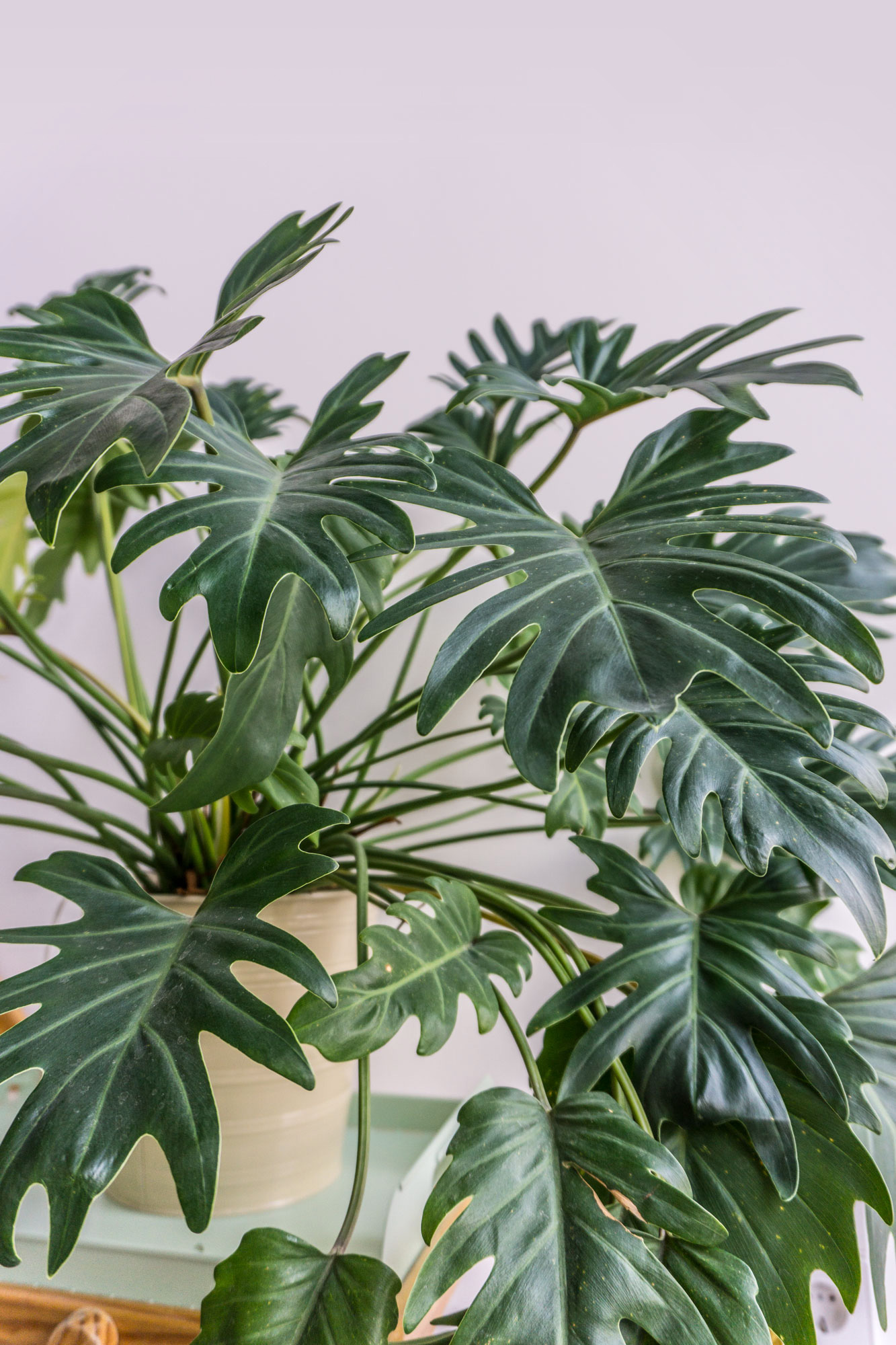
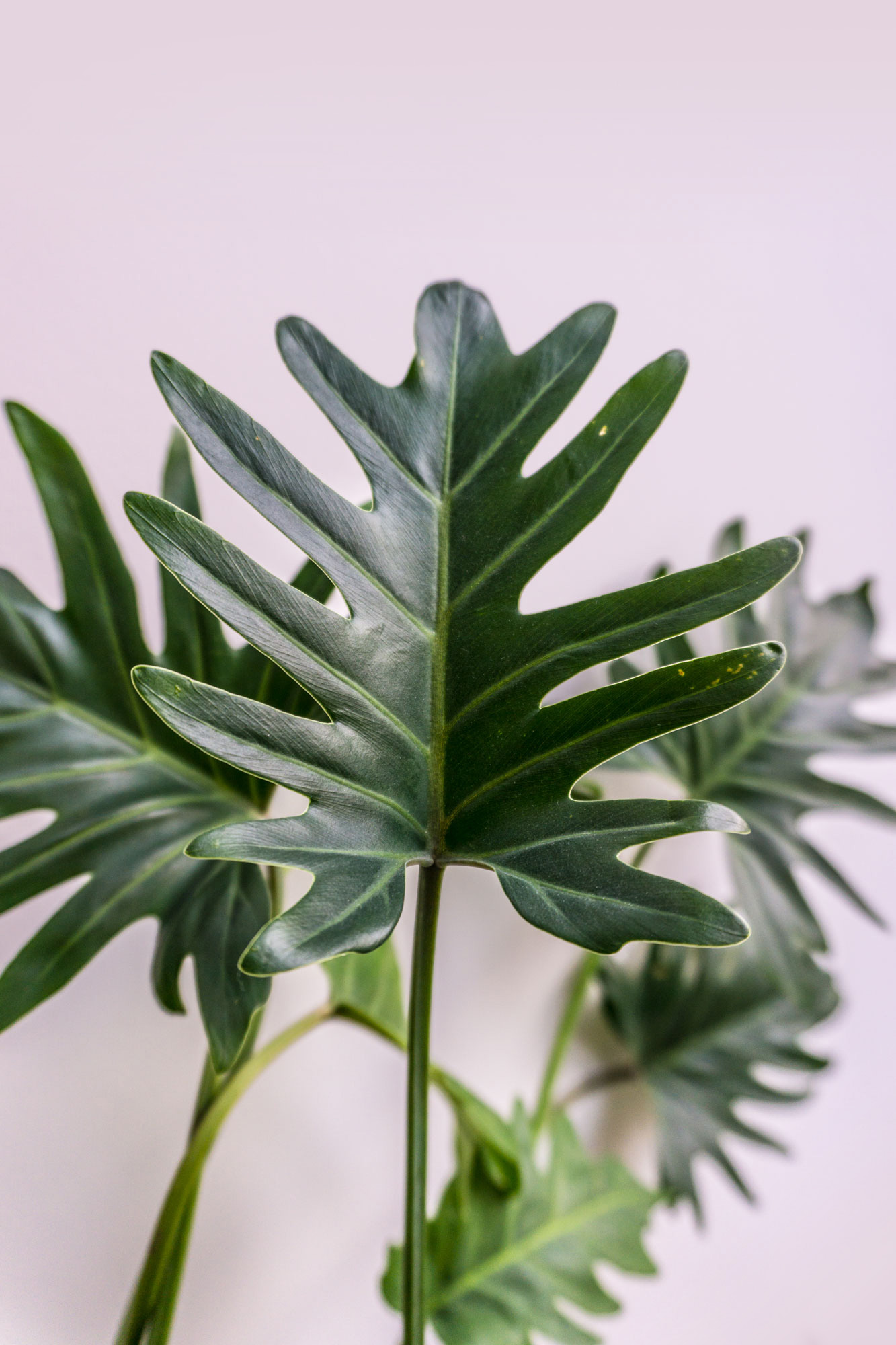
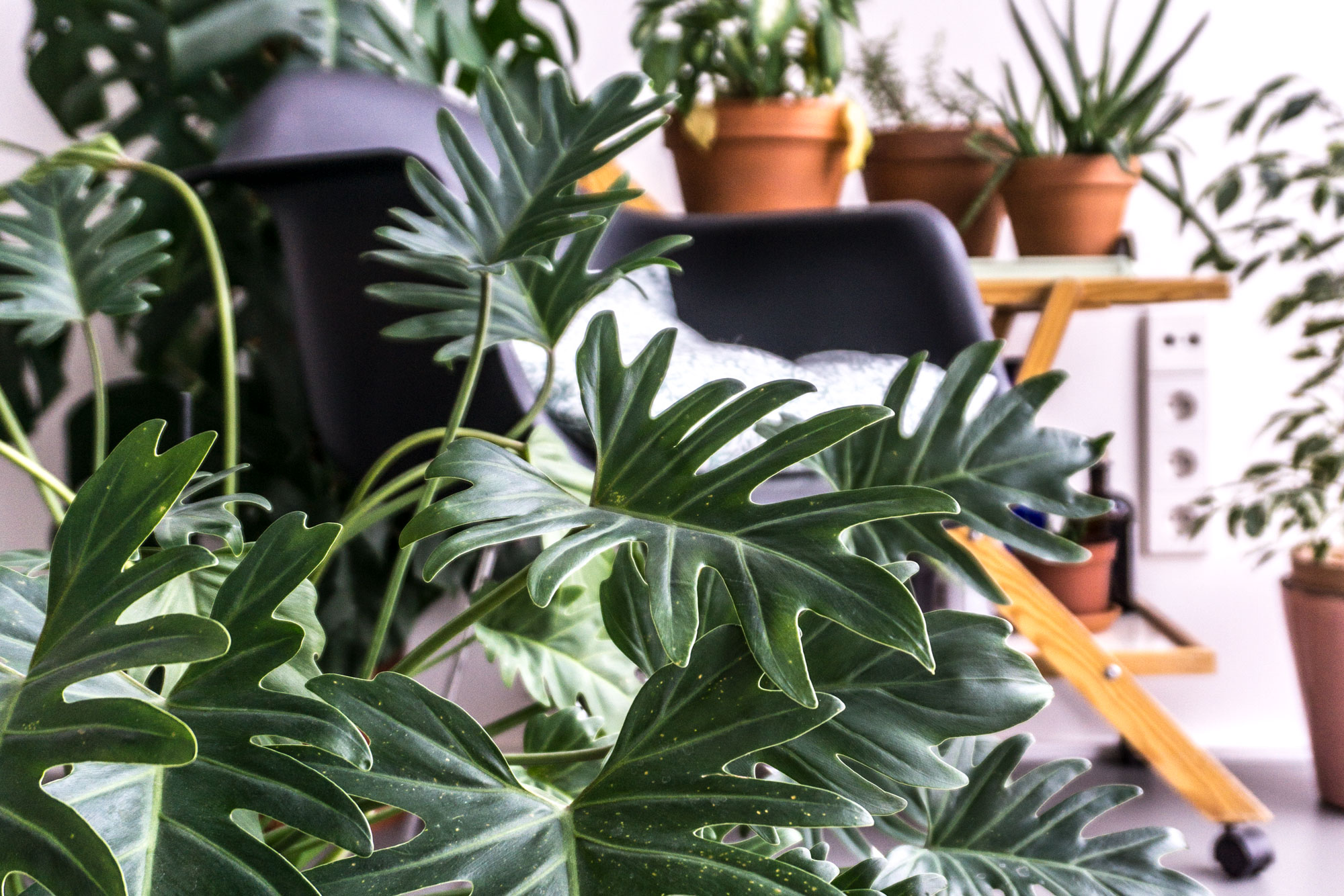
Caring for your Philodendron Xanadu
Location: Bright area with lots of indirect or diffused sunlight
Water: Give it a good soak when watering and wait until the soil is completely dry to the touch before watering again. The number of days will depend on the temperature and location of the plant in your home but usually it’s no more than once a week.
Propagation: A happy Philodendron Xanadu will grow fairly quickly, forming many new stems and eventually becoming too big or top-heavy for it’s pot. This allows you to propagate by division. To do this, remove the entire plant from its pot and gently divide the root cluster into sections using your hands or a small shovel. Then you can re pot each section in its own container in well draining potting soil.
Text & Photography © Barbara Cilliers
Wild about plants?
Sign up to the newsletter for inspirational content and more tips and tales of nature’s babies.



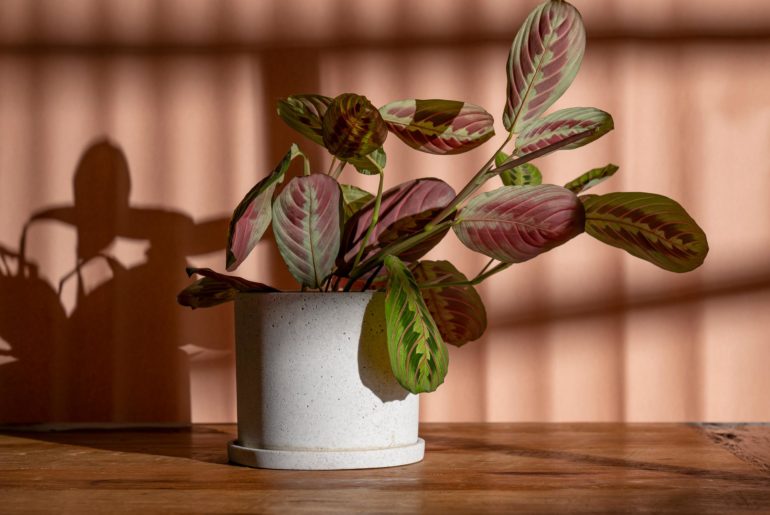
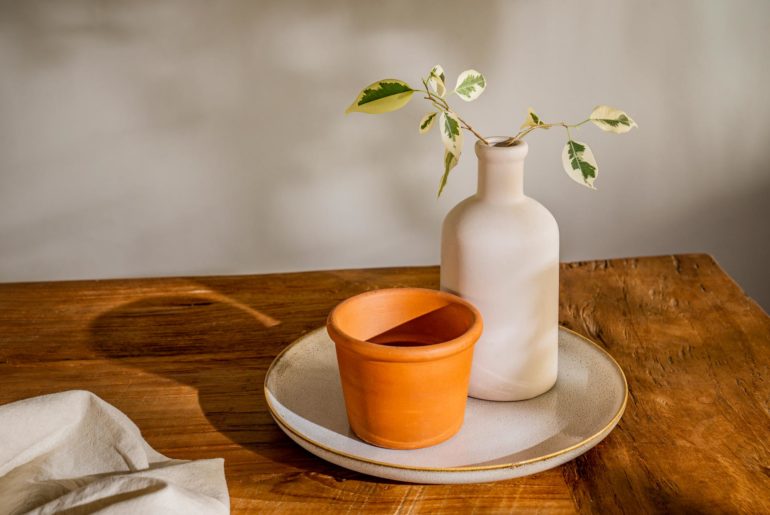
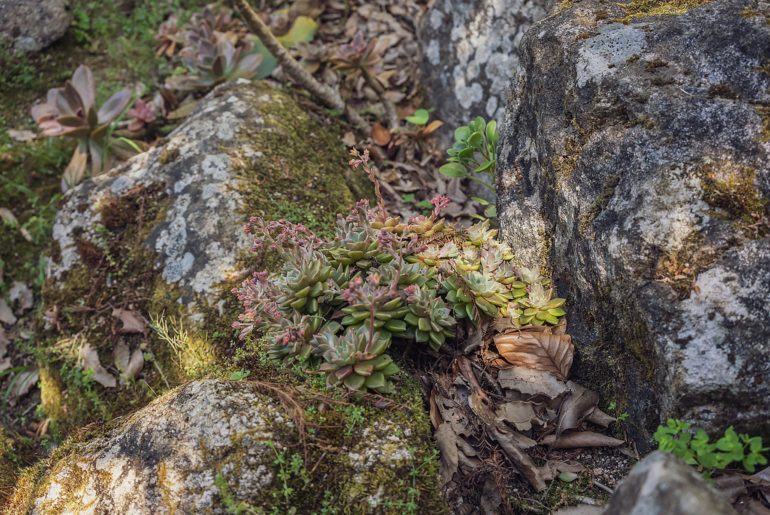
2 Comments
Pingback: 22 Indoor Plant Ideas with Less Maintenance - homelizm.com
Pingback: Interior plant - learning about the nyctinasty Maranta Leuconeura